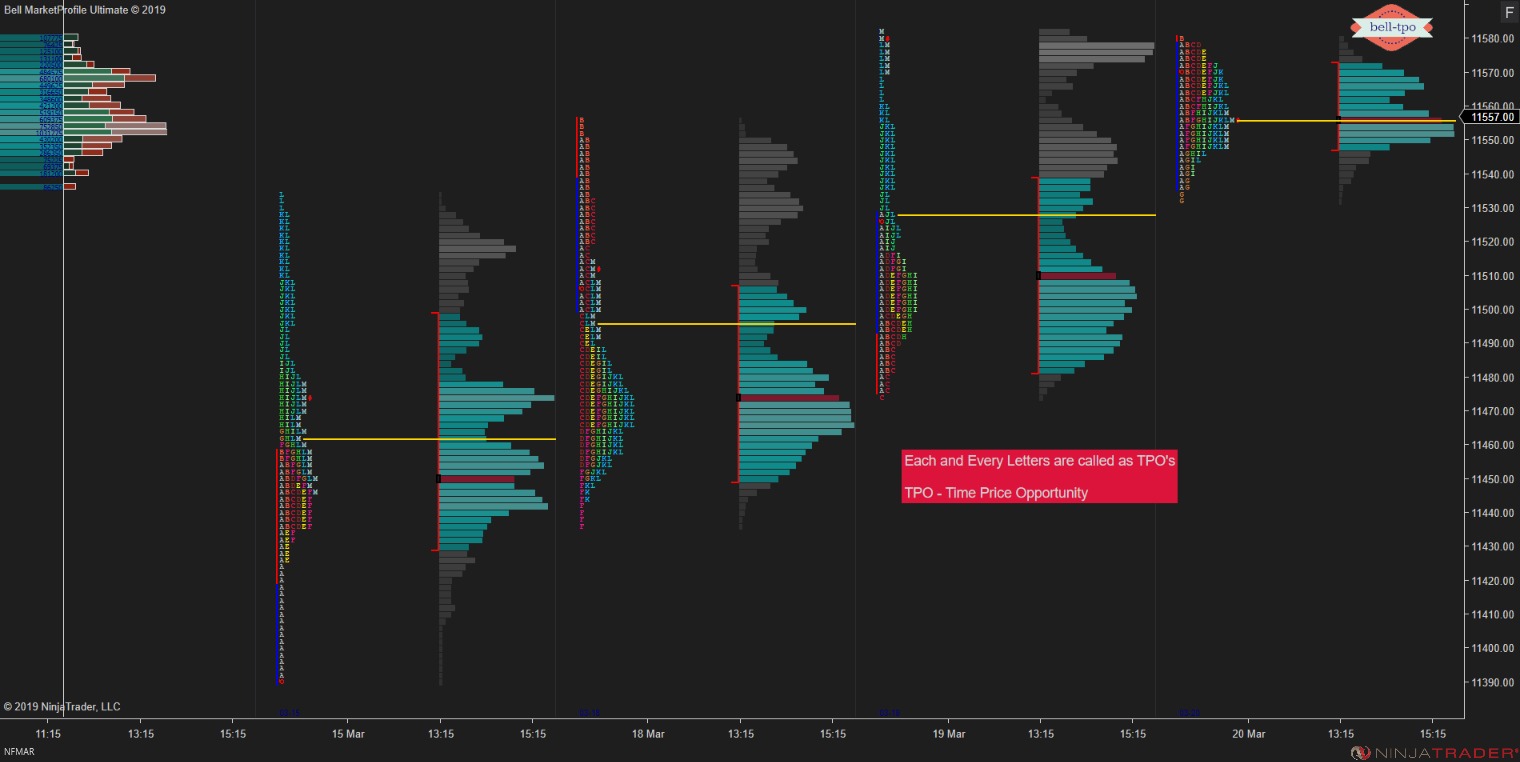Home>Finance>Pump-and-Dump: Definition, How The Scheme Is Illegal, And Types


Finance
Pump-and-Dump: Definition, How The Scheme Is Illegal, And Types
Published: January 13, 2024
Learn all about pump-and-dump schemes in finance, including their definition, illegal nature, and different types. Gain insights into this fraudulent practice.
(Many of the links in this article redirect to a specific reviewed product. Your purchase of these products through affiliate links helps to generate commission for LiveWell, at no extra cost. Learn more)
Pump-and-Dump: Definition, How the Scheme is Illegal, and Types
As part of our ongoing series on Finance, today we dive into an intriguing and, unfortunately, illegal practice known as the Pump-and-Dump scheme. In this blog post, we will delve into the definition of pump-and-dump, explore why it is considered illegal, and discuss the different types of this deceptive tactic.
Key Takeaways:
- Pump-and-Dump is an illegal practice where unscrupulous individuals artificially inflate the price of a stock or cryptocurrency for personal gain.
- Investors should be wary of unsolicited investment advice and unverified claims that promise quick and substantial returns.
So, what exactly is Pump-and-Dump? To put it simply, it is a fraudulent technique employed by manipulators to drive up the price of a particular asset through false and misleading information. These manipulators, often referred to as “pumpers,” acquire a significant number of shares or units at a low price and then create a buzz around the asset to lure unsuspecting investors.
How does the scheme work?
Let’s walk through a typical scenario:
- The pumpers start by aggressively spreading positive news and fake rumors about the asset, usually through online forums, social media, or email campaigns.
- As the asset gains attention, investors become intrigued and start buying shares, driving up the demand and, subsequently, the price of the asset.
- Once the price is artificially inflated to a profitable level, the manipulators quickly sell off their shares, making substantial profits while leaving other investors holding overvalued and often worthless assets.
The illegal nature of Pump-and-Dump
Pump-and-Dump schemes are strictly prohibited and considered illegal in most jurisdictions. These schemes undermine the integrity of financial markets, deceive investors, and lead to substantial financial losses. Regulatory bodies, such as the Securities and Exchange Commission (SEC), are actively working to identify and prosecute individuals and groups involved in such fraudulent activities.
Types of Pump-and-Dump schemes
While the core concept of pump-and-dump remains the same, manipulators employ different strategies to carry out their deceptive schemes. Here are three common types:
- The Classic Pump-and-Dump: This involves creating hype around a particular asset solely for the purpose of inflating its price. Once the price rises, the manipulators sell off their shares, causing the price to plummet, resulting in losses for other investors.
- The Stealth Pump-and-Dump: In this variation, the manipulators are more subtle in their approach, often using insider information or sophisticated methods to execute their scheme without attracting too much attention.
- The Short-and-Distort: Instead of artificially inflating the price, the manipulators take short positions on an asset and then spread negative misinformation to drive the price down. Once the price has dropped significantly, they cover their positions and make profits.
Protecting yourself from Pump-and-Dump schemes
While pump-and-dump schemes can be difficult to detect, there are a few precautions investors can take to protect themselves:
- Do thorough research before investing in any asset.
- Be skeptical of unsolicited investment advice, especially if it promises quick and substantial returns.
- Stay informed about the latest market trends and news from reliable sources.
- Consult with a trusted financial advisor before making any investment decisions.
Remember, knowledge is power, and understanding the risks associated with pump-and-dump schemes is essential for safeguarding your hard-earned money and making informed investment choices.
Disclaimer: This blog post is for informational purposes only and should not be considered as financial or investment advice. Always do your own research and consult with professionals before making any investment decisions.














